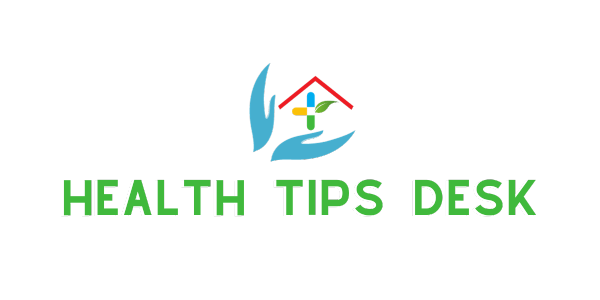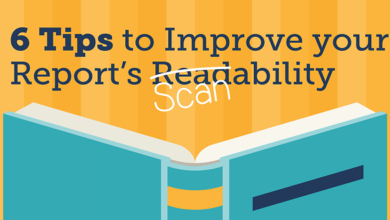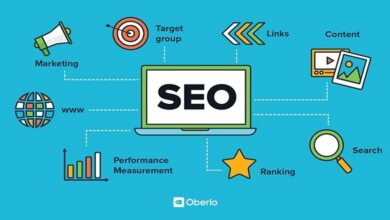The Basics of SEO Web Design

Deciding on the Type of Content for Your Site
We have stated this time and time again throughout this book, and we’ll continue to do so because it’s important: You must know what your business is about. It colors how you choose your keywords and how you arrange your site. You need to know if you have a research or an e‐commerce site, or if it’s both. How can you tell? Here are a few ways:
Research
A research site’s keywords should lean toward how‐to types of phrases. As in [How do you fix a lawnmower?] or [How do you say Where is the consulate, I lost my passport? in Spanish?]. Or even more specific keywords like [Mustang] or [John Wilkes Booth]. These are keywords that people use when they do research. If you have a site that provides information, such as recipes, lists of dead historians, or classic auto club newsletters, you want your keywords to be research‐based. Research websites typically use keywords like [research], [reviews], [how to], [information], and so on.
E‐commerce
If you have an e‐commerce site, your site is designed to sell things. Your keywords are geared more toward users who want to make purchases. That could include the keyword [free] because who wouldn’t want free stuff? Also, you’d include much more specific keywords in an e‐commerce site than in a strictly informational site, like [Ford Mustang convertible with leather interior], because people search for broader terms when doing research and more specific terms when they’re ready to make a purchase.
Usability may even make the search engine happy: Google lists “Focus on the user and all else will follow” as the number one item in its “Ten things we know to be true” company core values documentation. Keep in mind that you can never confirm the exact factors the search engines evaluate to determine rank, but you can look for clues and make educated guesses. Google’s listing of “focus on the user” as the number one priority in its core values is a pretty good clue.
Running a ranking monitor to discover what’s already working
If you have an existing website, you have to first establish a benchmark; that is, you should find out what’s currently working before you begin rearranging things. You need to find out which of your web pages already rank well in the search engines, and for which keywords.
For instance, if you have a page on your site that’s already ranking in the top five listings for one of your keywords, you should just designate that as the main page for that keyword and leave it alone. Check on which keywords are working for you and which aren’t and don’t fix something that’s not broken. Conversely, if you have a page that is consistently not ranking for any keywords, it’s time to fix that page.
Matching Meta tags and keywords to page content
After you run the ranking monitor, you can identify the pages that rank well for particular keywords. Consider those ranking keywords as being assigned to those pages. Remove other unrelated keywords so that your page stays focused very clearly on its main keyword. You want to follow some SEO best practices for how you assign keywords to a page. We go into depth on this throughout, but here’s a brief intro to start with.
Last word
Keeping the content on your page simple and easy to navigate not only helps you get better rankings, but it also means that your user has a much better experience and will return to your site again. Follow this general rule: If it looks cool but is a pain in the rear to use, users won’t use it.




